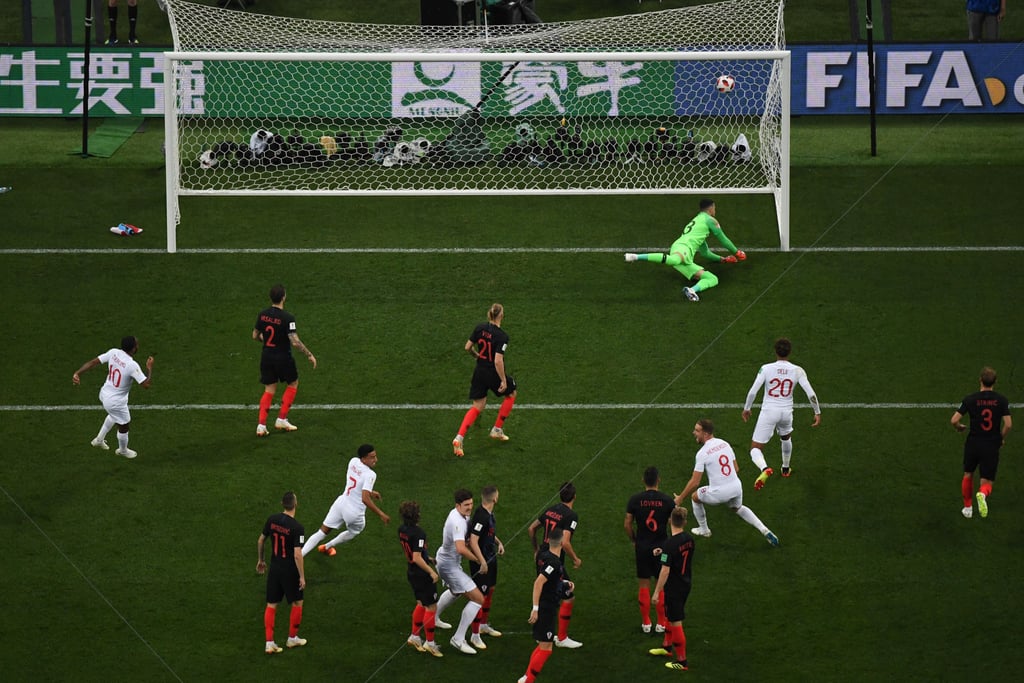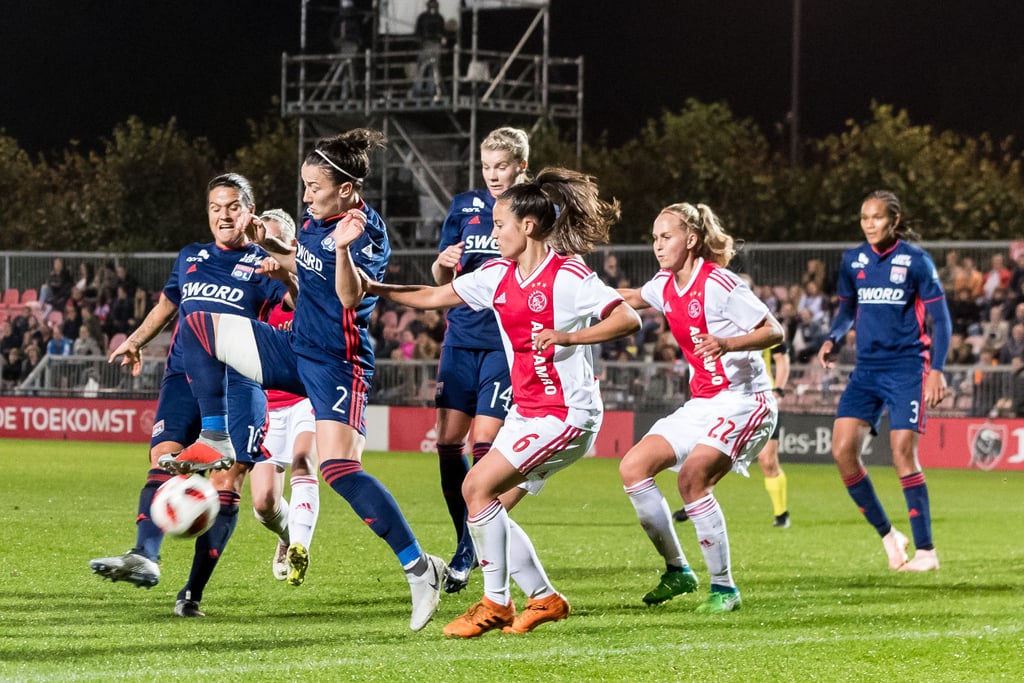The Differences Between Men's and Women's Soccer World Cups
The 5 Key Differences Between the Women's and Men's World Cups

Football is the world's most popular sport, so it's no wonder that the World Cup is one of the biggest events, with both the men's and women's tournaments drawing huge crowds every four years. For the most part, international men's and women's football games are pretty much the same (including all the rules), so to a casual watcher, the men's and women's World Cups won't look too different on the surface. However, nothing is entirely equal, right? There are a handful of discrepancies between the men's and women's World Cups that range from minor to serious — including some details that can affect the players' performances.
The most recent men's World Cup took place in Qatar from 20 Nov. to 18 Dec., 2022 (with a total of 64 total games between teams from all over the world), but the next FIFA Women's World Cup is coming up fast, taking place in New Zealand and Australia from 20 July to 20 Aug. As you're getting excited to see the Lionesses play, you may be curious about the differences between the men's and women's World Cups.
Keep reading to learn about five things that differentiate the men's and women's World Cup tournaments — and how much they matter.
— Additional reporting by Sara Youngblood Gregory and Lauren Mazzo
1 The Men's World Cup Has Been Around For a Lot Longer

2 The Men's and Women's World Cups Are Played on Different Turf — Literally

3 The Prize Money Is Significantly Different at the Men's and Women's World Cups

4 Historically, More Teams Go to the Men's World Cup Than the Women's

5 The Men's World Cup Has Higher Viewership Than the Women's World Cup










